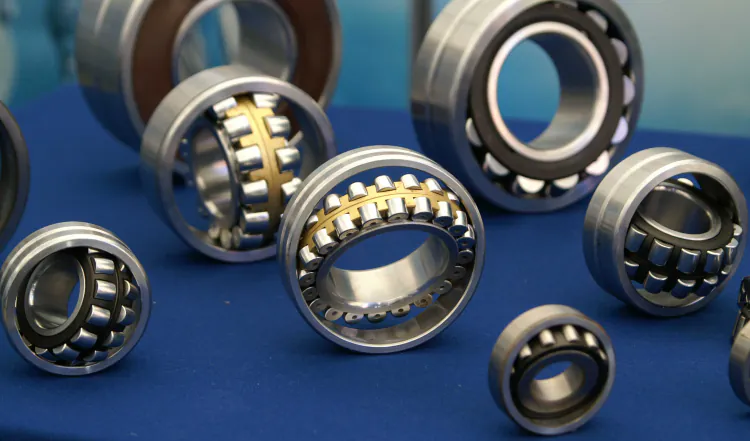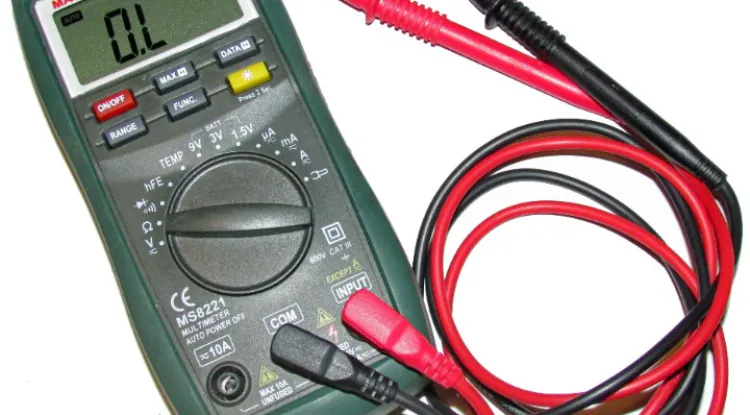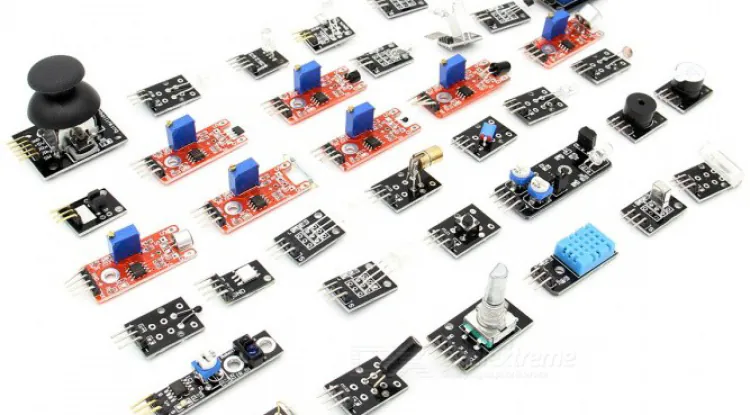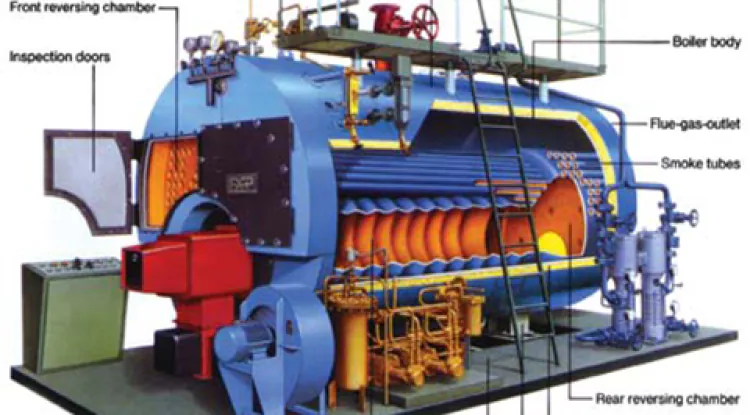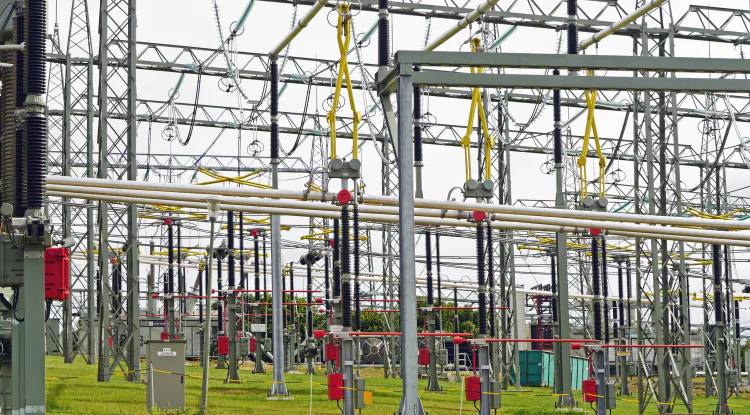Vibration Analysis Technology
Concept & Characteristics of Vibration, Vibration Displacement & Velocity, Vibration Acceleration & types of equipment used in Vibration Work.
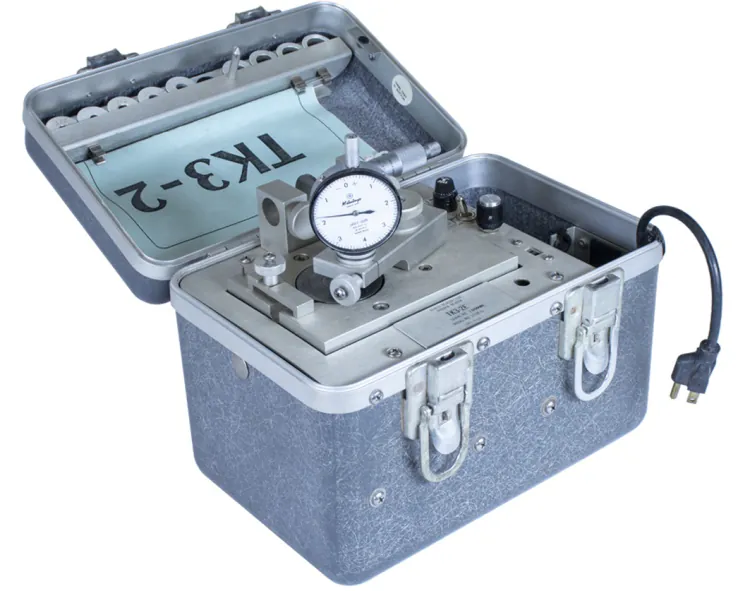
Concept of Vibration: To and Fro motion of a rotating body is called vibration. This To and Fro motion may be for the rotating part of the machine or part of the stationary body; pipeline, or the structure. Vibration can also be expressed as the oscillation or moving back and forth of an object. Sometimes this vibration can be visible or audible, and sometimes it can be felt only. But this vibration is the measure of the condition of our rotating machinery.
Characteristics of Vibration: Vibration amplitude and vibration frequency are the common characteristics. Sometimes a third characteristic, phase, becomes important when it is necessary to deal with several types of vibrations. The measurement of these characteristics, amplitude, frequency, and phase, provides the source of all kinds of vibrations of our system.
Direction of Vibration:
- i. Radial
- ii. Axial
- iii. Torsional
Vibration Amplitude:
- i. Displacement
- ii. Velocity
- iii. Acceleration
Vibration Displacement: Displacement of a vibrating body from its stationary position in both directions is called the vibration displacement. So the vibration displacement is always measured in peak- to-peak amplitude. Graphically it can be explained by a simple pendulum.
Unit of Vibration Displacement Measurement: The unit is expressed as the unit of length. Normally the vibration displacement is not so high. So it is expressed in smaller unit.
In FPS system it is expressed in MILS (1MILS =0.001 inch).
In CGS system it is expressed in MICRON (1 micron =0.001 mm)
Conversion: 1 mils = 25 microns.
Displacement can be measured using a proximity transducer system.
Vibration Velocity: For a vibrating body velocity is not constant all over the displacement path. In case of a simple pendulum (Figure-1) the bob starts from one end and when it crosses its stationary point then its velocity is maximum and minimum at the ends. Vibration velocity can be expressed as:
Vibration velocity = (Vibration displacement) X (Vibration frequency)
For a low-speed machine with low vibration displacement, the machine may be good. But for a high-speed machine with the same vibration displacement, the machine may not be good. So for vibration analysis of high-speed machines, sometimes vibration velocity becomes very important, because it contains both vibration displacement and vibration frequency.
Units of vibration velocity: The unit is expressed as a unit of velocity.
In the FPS system, it is expressed in inches/second.
In the CGS system, it is expressed in mm/sec.
Conversion: 1 inch / sec = 25 mm /sec
Vibration velocity can be measured using a velocity transducer system.
Vibration Acceleration: Acceleration is the rate of change of velocity with respect to time. For a vibrating body, velocity is not constant all over the displacement path. Velocity is zero at the two ends and maximum at the center. When the bob changes its velocity at the points, then the acceleration on the bob is maximum. Vibration acceleration can be expressed as:
Vibration acceleration = (Vibration displacement) X (Vibration frequency)2
In case of vibration acceleration measurement, it increases as the square of the frequency of the rotor. So for a very high-speed machine with small vibration displacement, the machine condition may not be good.
Units of vibration acceleration: The unit is expressed as the unit of acceleration due to gravity and denoted by G.
In FPS system G =32.2 ft /sec2
In MKS system G =9.8 meter / sec2
Vibration acceleration can be measured using the accelerometer.
Equipment Used in Vibration Work:
- Calibration: wobulator
- Measurement: Tunable and portable vibration meter (TK-8), Vibration panel monitor, digital vector filter (DVF-2), DVF-3.
- Analysis: Spectrum analyzer, data acquisition interface unit (DAIU-208P)
- Simulation: Rotor kit (RK-4)


